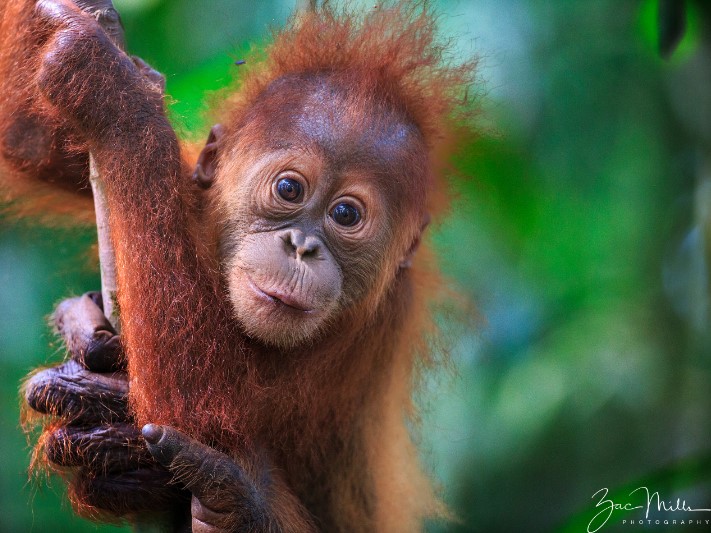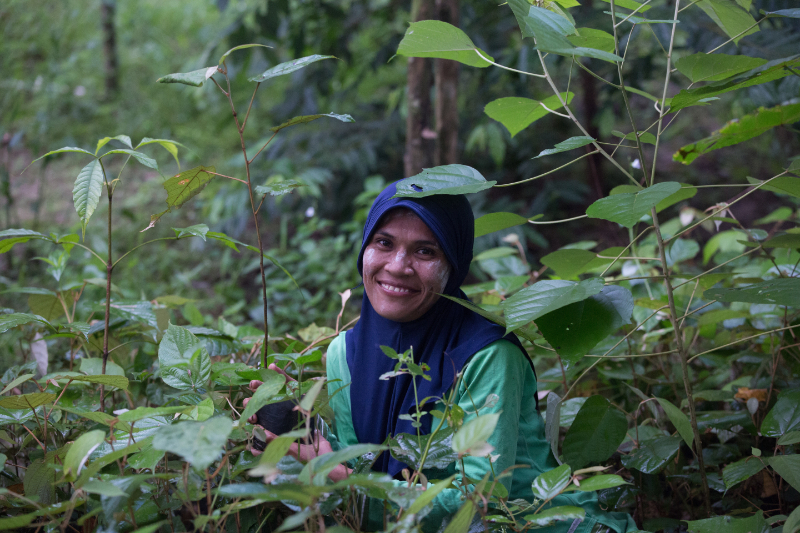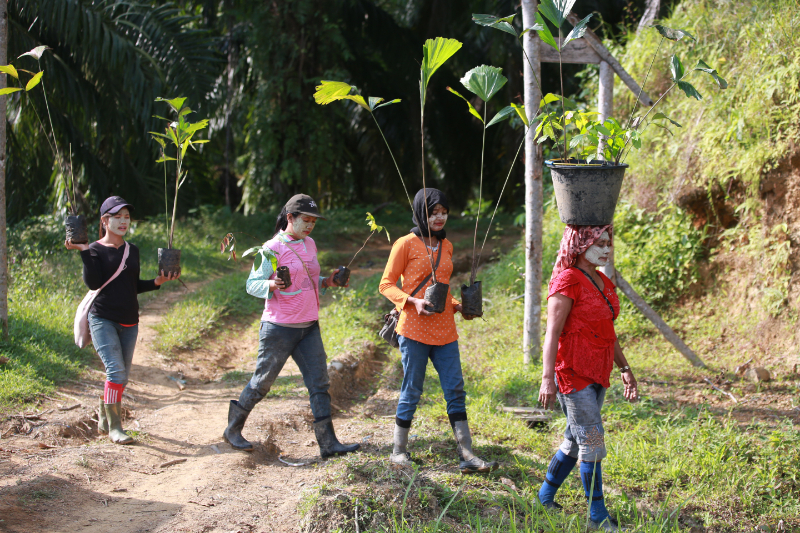Protecting orangutans and forest communities

Baby Sumatran orangutan clings onto branch, supported by its mother. Credit - Zac Mills, The Wildlife. Collective
People of the forest: A community-centred approach to protecting orangutans and forest-edge communities
In the lush rainforests of Sumatra, intelligent eyes peer down through the canopy. Orangutans – whose name literally means ‘people of the forest’ – call these fragile forest ecosystems their home. Once widespread across Asia, fewer than 14,000 Sumatran orangutans now remain in the wild. This leaves them vulnerable to the effects of habitat loss and fragmentation.
At the Sumatran Orangutan Society (SOS), we support frontline partners to provide a secure future for these gentle beings, ensuring that their populations and habitats are robust and resilient. At the heart of our approach is a steadfast commitment to Sumatra’s rural communities – the custodians of the island’s unique flora and fauna. Since 2001, we have supported our frontline partners in Northern Sumatra to protect and rewild crucial rainforest ecosystems.
We believe that forming open, genuine, and long-lasting relationships with local communities is the key to protecting orangutans in the wild. Our strong and close relationships with our frontline partners are integral to our impact. Together, we co-create programmes that take into account the deep, complex and nuanced relationship between communities, culture, land and biodiversity – presenting programmatic solutions that allow both people and nature to thrive.
“Supporting socio-economic conditions so local communities benefit from conservation outcomes is the most reliable, and the only realistic approach to conservation in orangutan landscapes.” – Koen Meyers, SOS Conservation Director.

Providing a bridge between conservation and people
Our work has taught us some valuable lessons – primarily that a community-centred approach to conservation is the pathway to sustainable change. This approach provides a bridge between conservation and the people who call these biodiverse landscapes home.
We use the term ‘community-centred’ (in line with Armitage et al., 2020) to refer to conservation programmes that may be initiated by external actors but in which the community has a central role in programme planning and decision-making. This is in contrast to community-led conservation (initiated by the community) and other community-engagement approaches, which may not centre the community in planning processes.
Many studies have shown that community-centred conservation is more effective in achieving robust, long-term benefits for biodiversity and the environment. Additionally, a long-term and agile community-centred approach:
- Ensures a respectful, ethical and inclusive engagement with the community.
- Creates change that is fully embraced by the community, not simply through consent but through co-creation.
- Enables long-term investment in developing and embedding local capacity for conservation action.
- Leads to resilient, long-term solutions that become part of the community culture and persist through changing circumstances.
- Enables a just and equitable transition to a sustainable economy.
“We see that conservation issues are inseparable from social, economic and cultural systems, both in the communities living in areas of high conservation value and the global community more broadly.” – Ms. Intan Violetta, TaHuKah Community Facilitator

Community-centred conservation in action
Community-centred conservation may sound compelling as a set of general principles, but for us it is a very practical tool that drives our programmes and partnerships. This is none more evident than in our work with locally-led NGO, Tangguh Hutan Khatulistiwa (TaHuKah).
In 2022, we assisted the establishment of TaHuKah; a grassroots organisation dedicated to environmental protection through sustainable livelihoods, land management and biodiversity conservation. Now, in less than two years of operation, TaHuKah has 18 staff – of which 40% are women – and have managed to secure a Social Forestry licence for a “Village Forest”. This gives the local community management control over 600 hectares of forest, with the plan to expand this into a much greater area in the coming year.
Recently, we have provided technical support and training to TaHuKah to conduct an in-depth analysis to identify the locations where conservation interventions are most needed. This important technical work has provided our frontline partners with a breadth of ecological, social, cultural and economic information to build a detailed picture of what is happening on the ground.
This analysis has helped to focus conservation efforts on the most critical and vulnerable landscapes outside protected areas. It helped to develop an understanding of where action is most needed and to co-create strategic conservation programmes to protect, connect and rewild orangutan landscapes.
These landscapes are complicated as they often have overlapping land ownership status which has to be properly understood and carefully navigated. In these contexts, the collaboration of local communities is essential to securing long-term protection for wildlife and forests and to support forest-friendly livelihoods.
To put it simply, this critical work could not happen without community-centred conservation. This programme relies on people who understand the local social and economic realities and people who can facilitate communities to identify and develop sustainable solutions at landscape level. Using local expertise to ensure the genuine participation and representation of communities, and to develop conservation solutions that benefit both people and wildlife, is key to the success of this approach.

One cannot be saved at the expense of the other
From over two decades of groundbreaking work, we know that it’s only through working alongside local communities that a thriving future for orangutans, rainforests and people alike can be safeguarded. The wellbeing and prosperity of the people of Sumatra are inextricably linked to the fate of the forests – and one cannot be saved at the expense of the other.
While our experiences are focused in orangutan landscapes, we believe that these community-centred principles are broadly applicable in any location where effective conservation relies on the thriving co-existence of wildlife and people.
For more information about this approach, please see our Conservation Greenprint.
Written by Helen Buckland and Roisin Claridge. For more information on this Darwin Initiative C&C project DARCC027, led by Sumatran Orangutan Society-Orangutan Information Centre, please click here.

 Back
Back